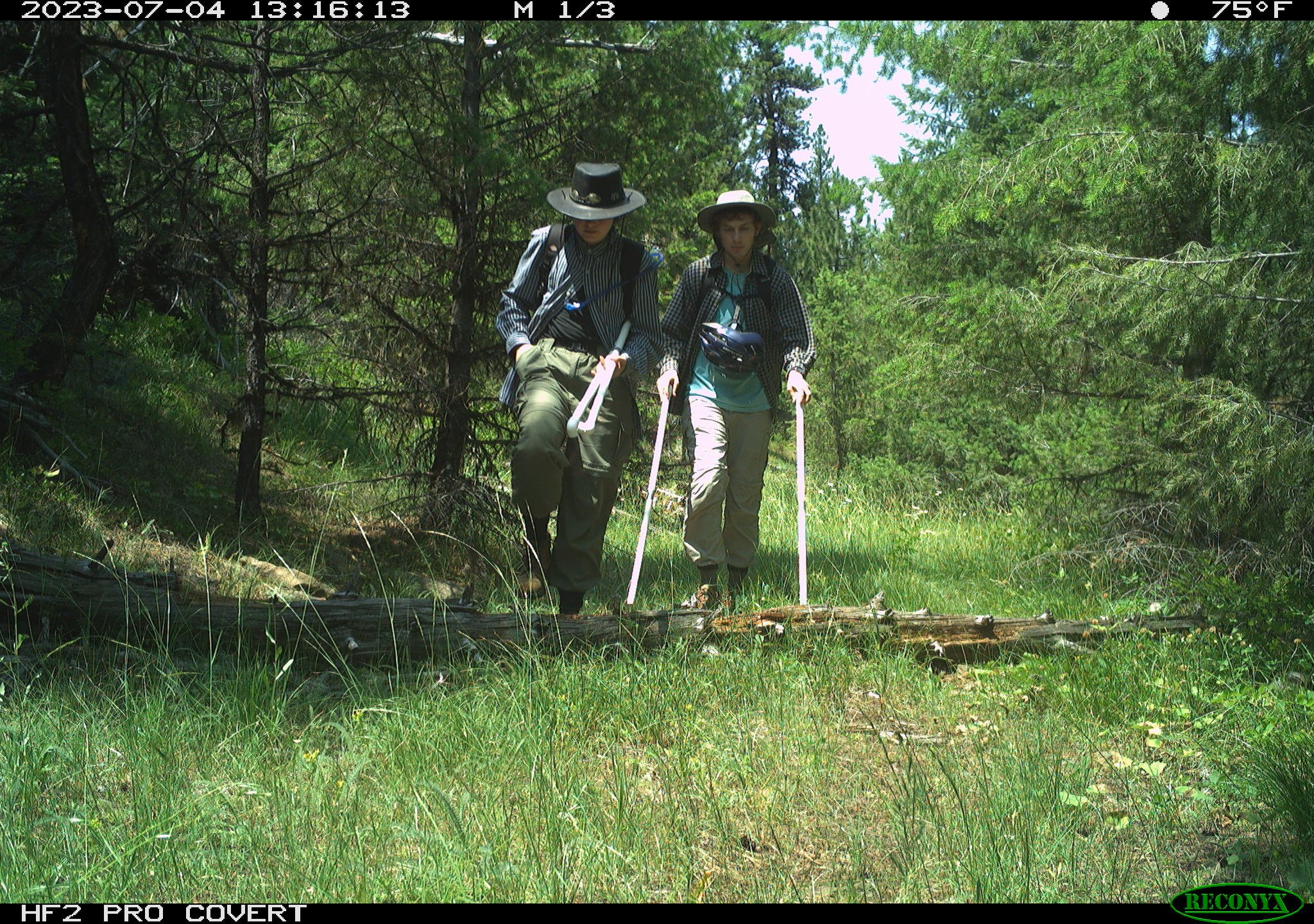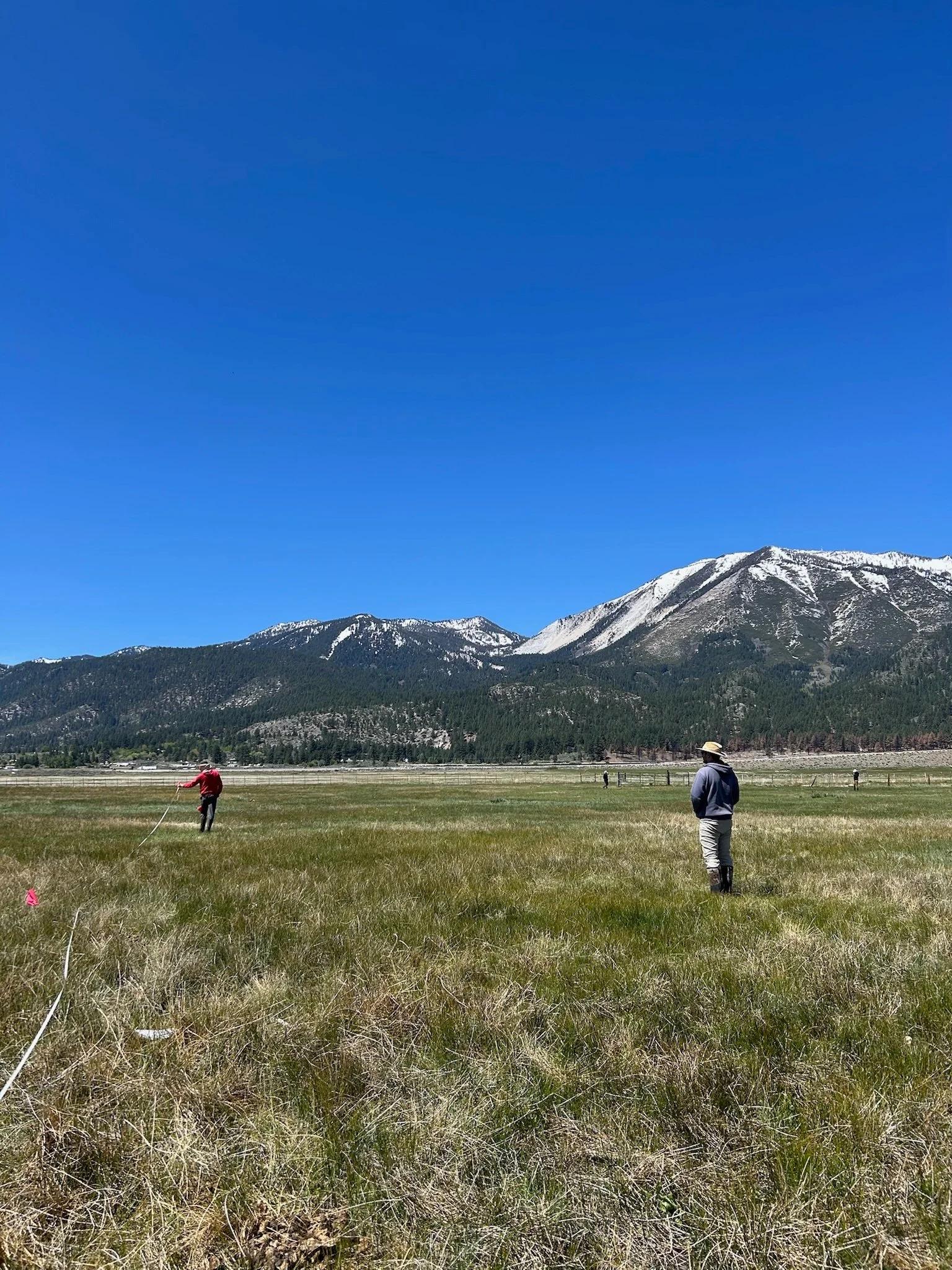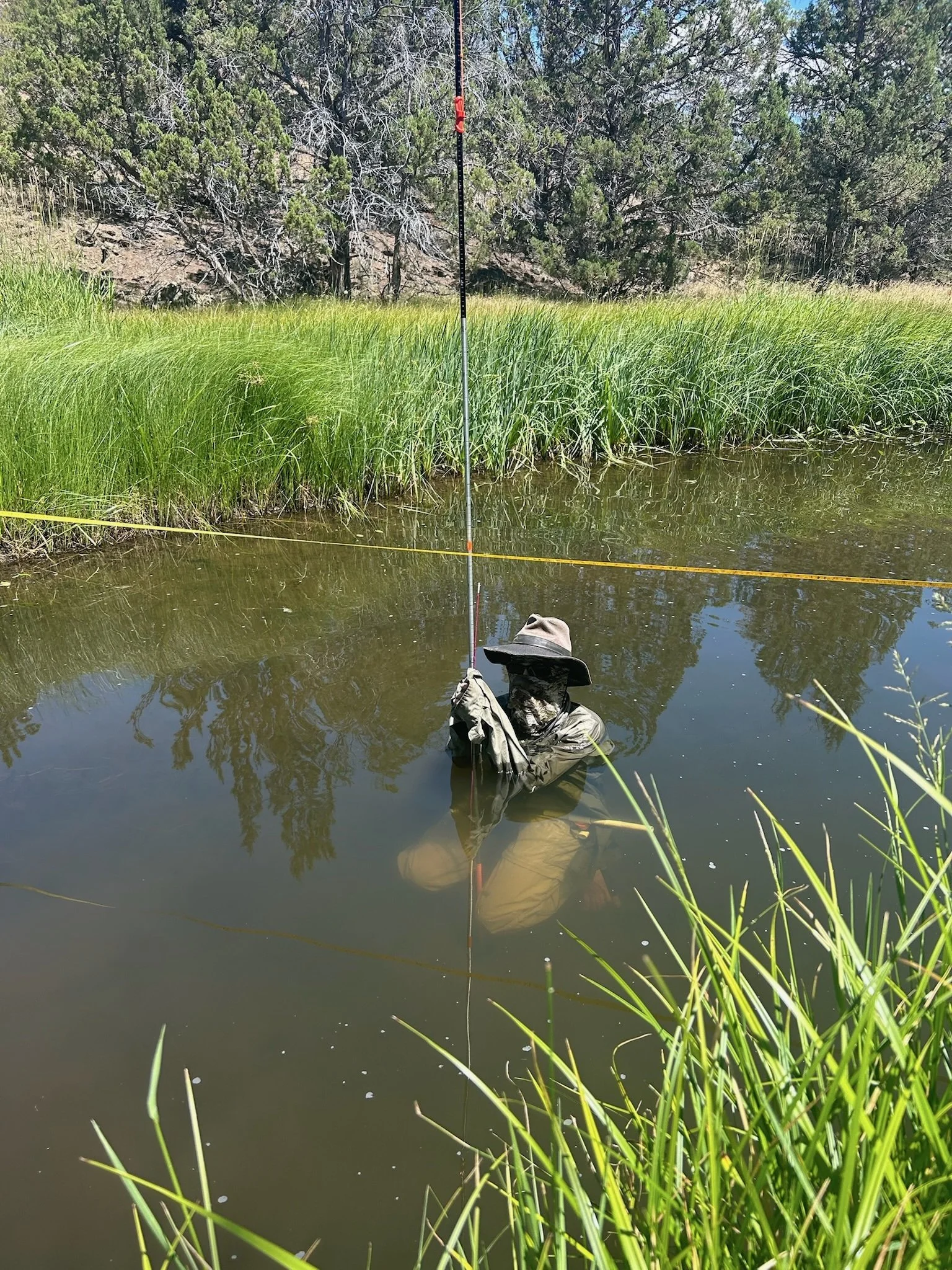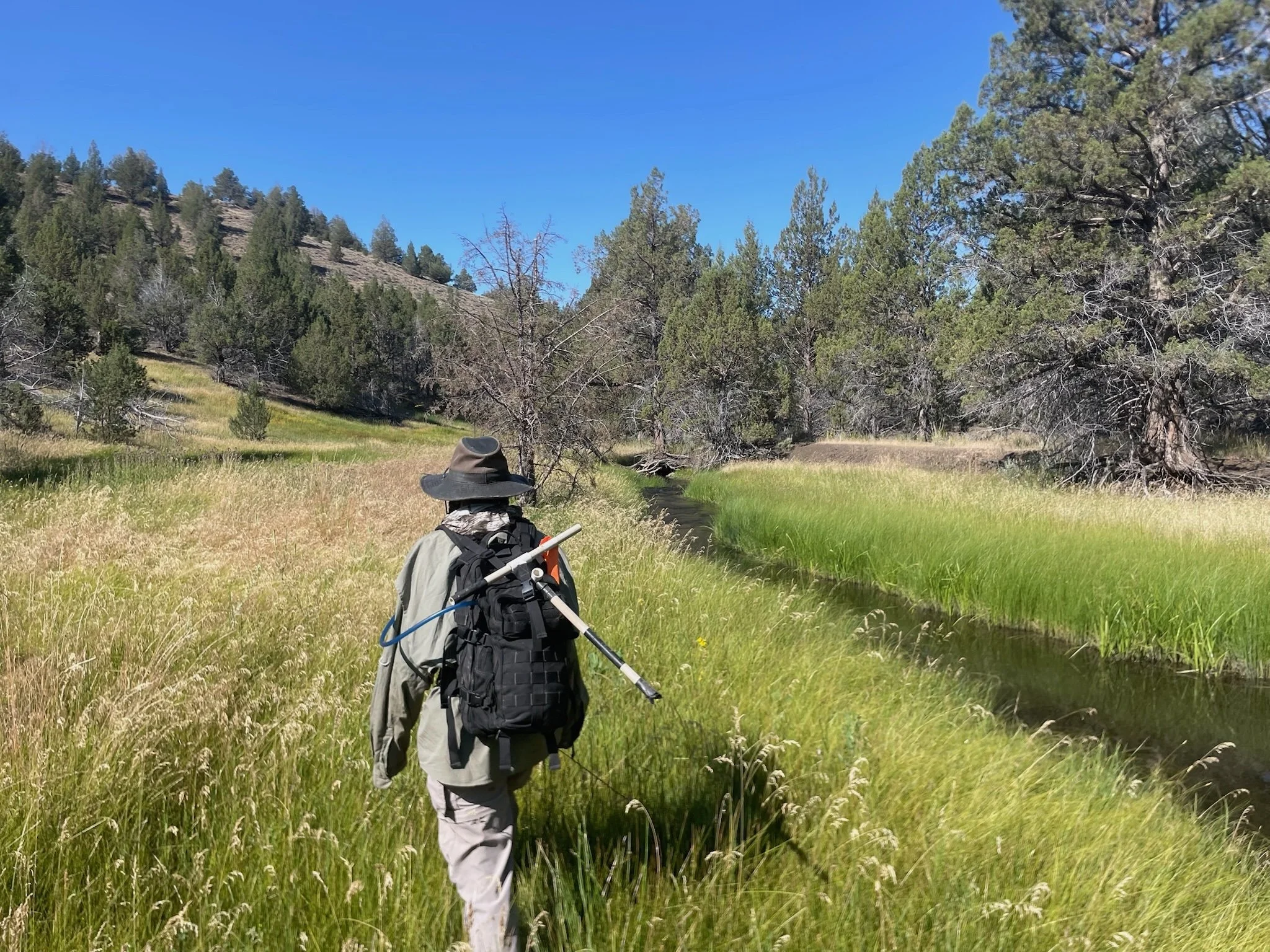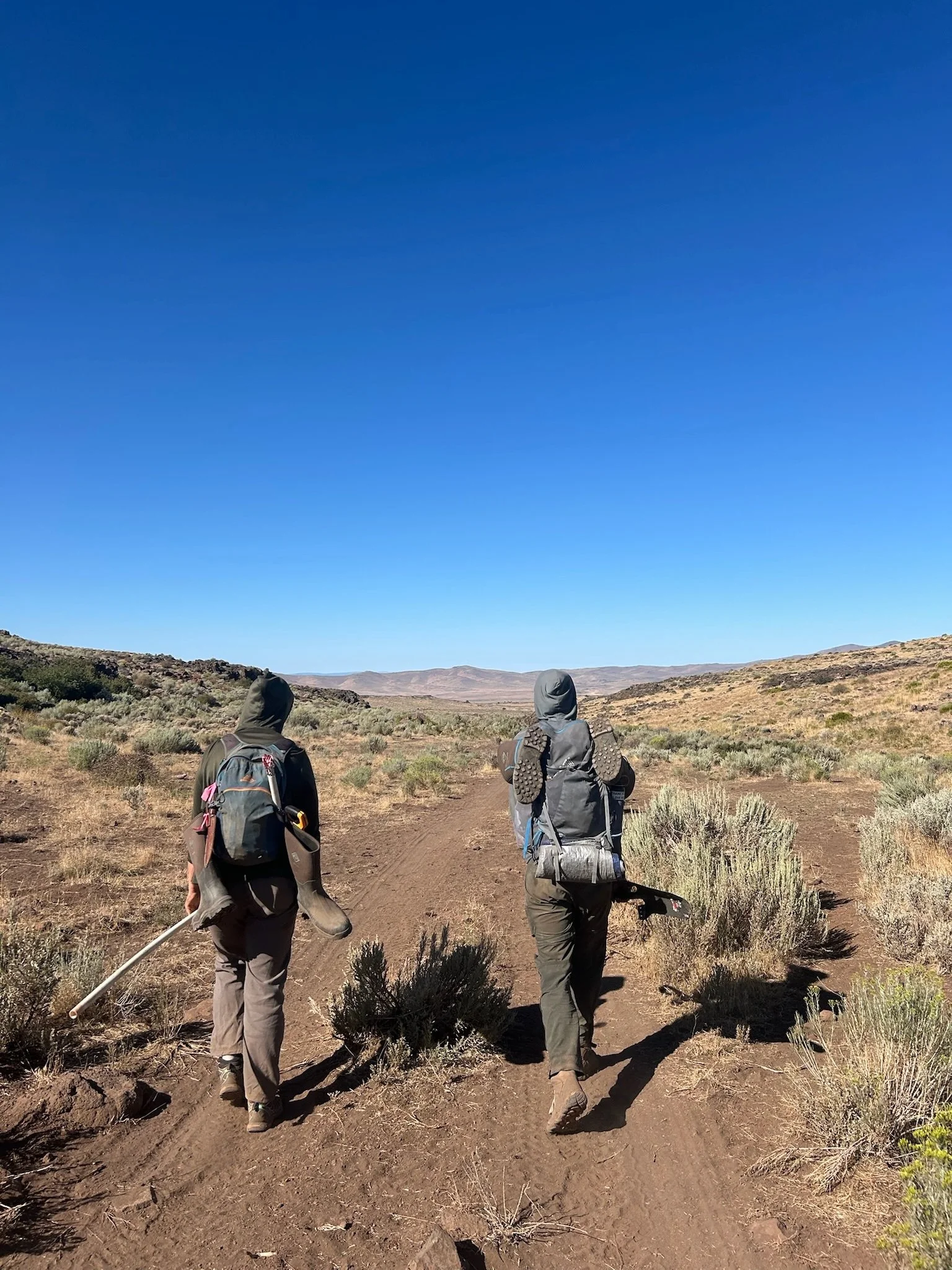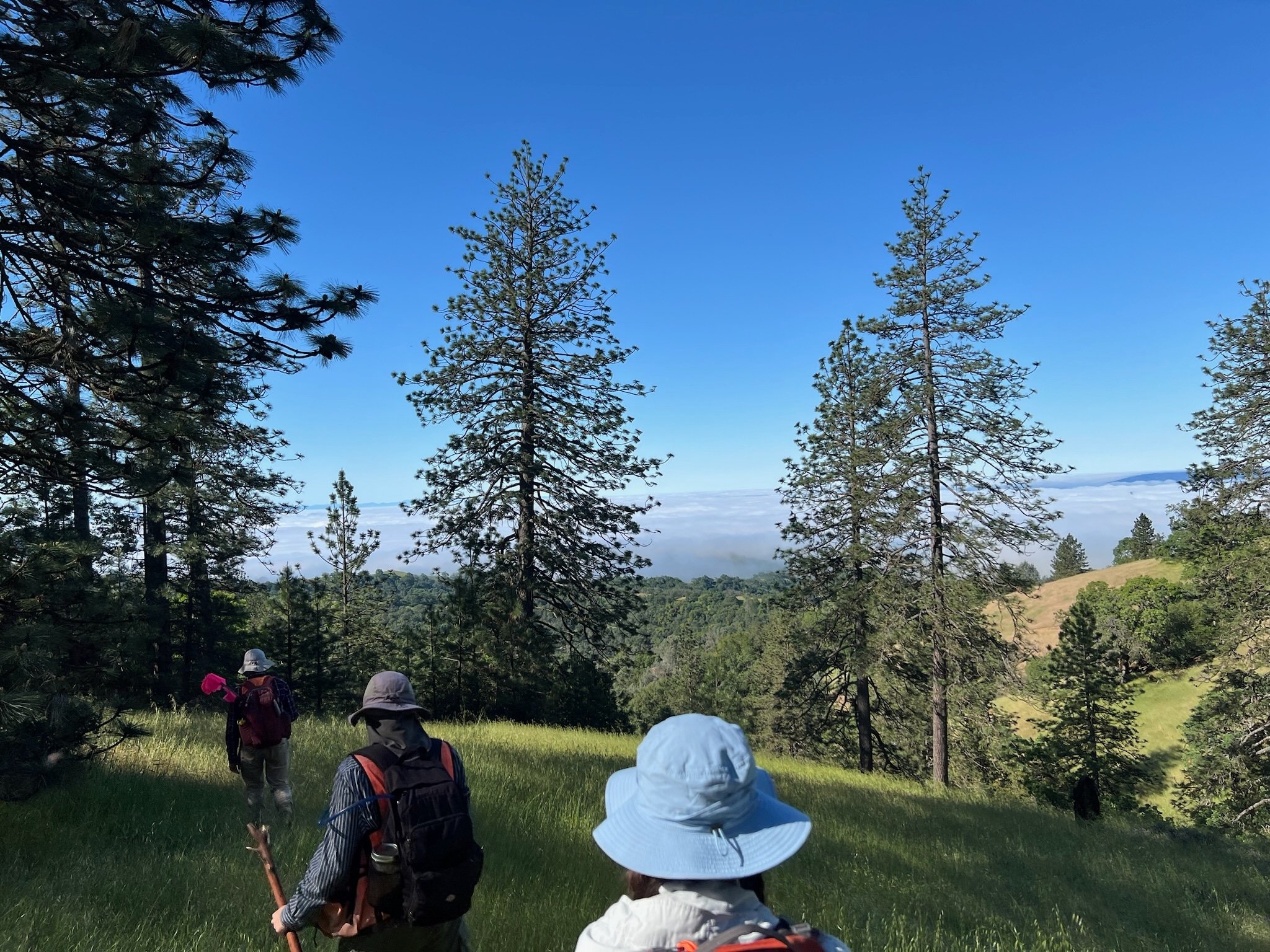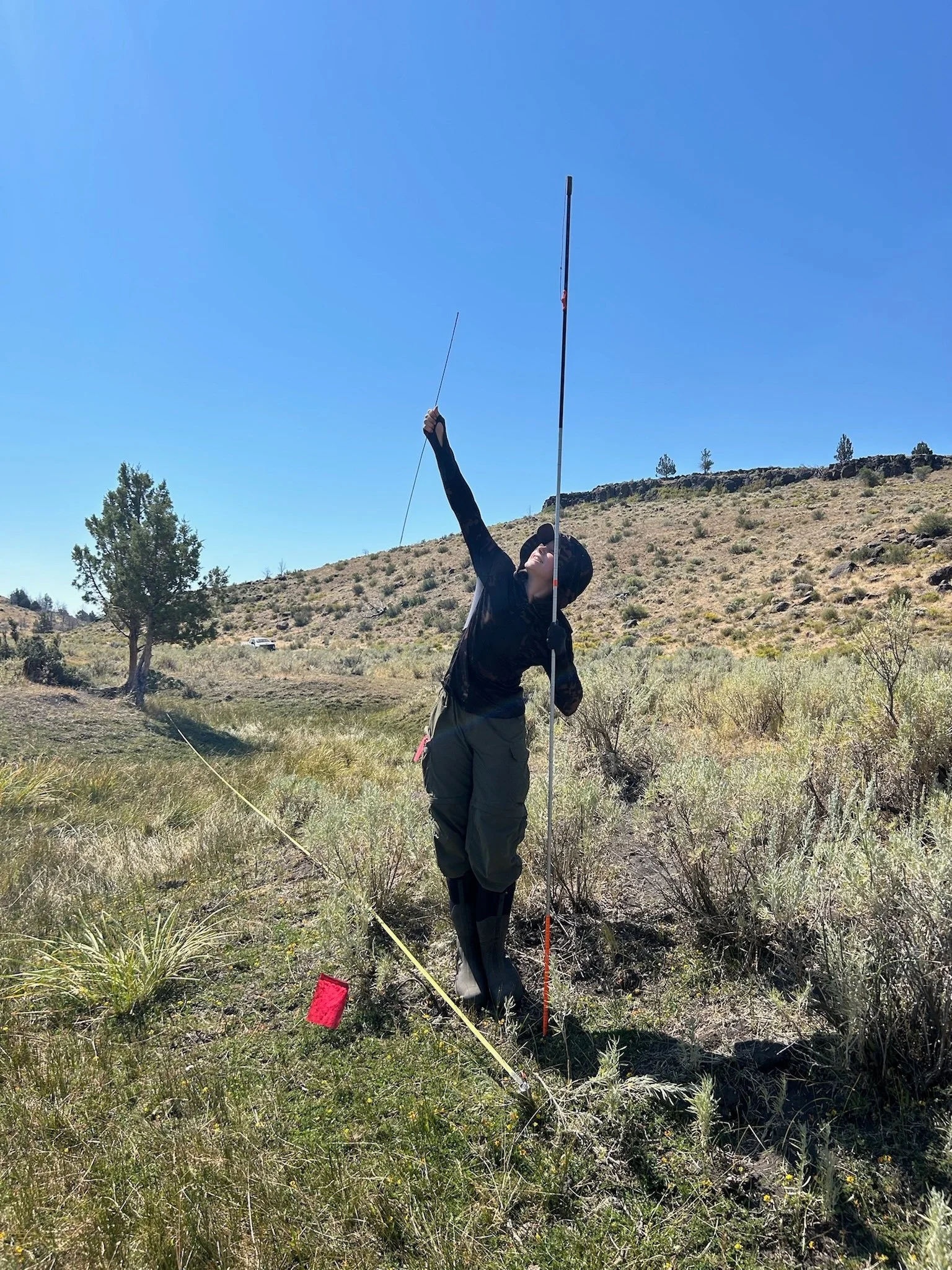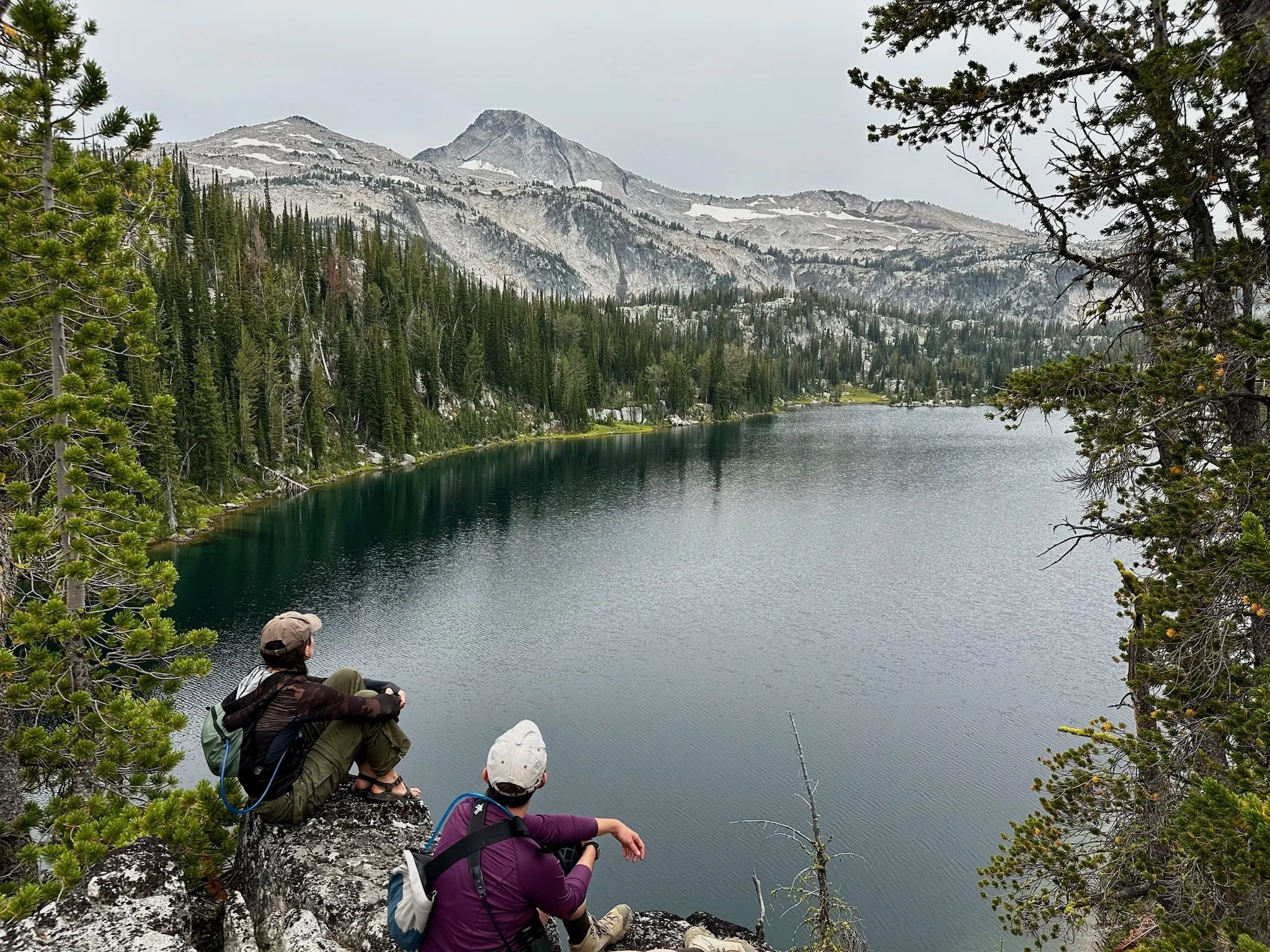
I am fascinated by fungi, bryophytes, and the relationships between organisms, both symbiotic and parasitic.
I am interested in the inter-relational dynamics of ecological communities, and how these relationships evolve in the presence of disturbance; specifically, how microbial communities assist in ecological resilience to fire and how species facilitate ecosystem regeneration post-fire.
CV
-
I double majored in studio art and psychology with a focus in neuroscience. I gained many skills that prepared me for a graduate degree in ecology. I spent my time conducting scientific research, working in laboratory settings, writing literature reviews, performing statistical analyses, and developing strong critical thinking skills. My courses in biology and behavioral neuroscience taught me the fundamentals of cellular biology, biochemistry and anatomy, along with hands-on laboratory experience. In my capstone course on the psychology of sustainability, I independently conducted a pilot study on the extension of moral reasoning to non-human life.
GPA 3.5 — Dean’s Honors List 2018 | 2020
Relevant Courses:
Perspective in Biology + Lab
Behavioral Neuroscience + Lab
Psychology of Sustainability
Research Methods
Statistics I
Perspective in Math
Brain and Behavior
-
I monitored wetlands throughout remote areas of Northeastern California and Western Nevada implementing the Bureau of Land Management’s AIM strategy. As the crew botanist, in addition to creating an exhaustive species inventory for each plot, I was responsible for collecting LPI (line-point intercept), woody, and annual use data along all transects. I was responsible for keying out species in the field, or collecting and pressing specimens of all unknown species. Additionally, I was responsible for the QAQC of the data both in the field and post hitch using Survey123 and GeoPlatform.
-
This project was run by the Safford Lab of UC, Davis in conjunction with California State Parks to monitor the effectiveness of prescribed burning. For this position, I was responsible for identifying plants down to species in many distinct ecosystems throughout the state of California. Duties included but were not limited to creating a comprehensive species list for each plot, keying out species, teaching crew members plant identification, measuring percent cover of each species, attending lab meetings, navigating to plots using Avenza, marking plot locations using Garmin GPS, performing Brown’s Transects, measuring tree regeneration, tagging trees, taking DBH, using Rangefinders to determined tree height, using Clinometers to determine slope, and taking basal area (both Cruzall and Relaskop).
-
This project was based in Northeastern Oregon and focused on the foraging habits of ungulate, specifically elk and cattle, to see if one group's foraging habits might impact the others. My duties included vegetation surveys (circular plot, quadrat, and transect), identifying ~200 species of the Blue and Wallowa mountain ranges, camera set up and maintenance, scat collection, preparation of scat samples for DNA metabarcoding, navigating off road using GIS, general vehicle and equipment maintenance, creating easily digestible plant identification resources for the rest of the crew, hiking 10+ miles in a day with extreme elevation gain, photo documentation of test site, surveying for potential test sites, classifying habitat types, and data entry in Excel.
Additionally, I was tasked with independently creating a biological reference library through the creation of herbarium specimens which would later be used for DNA metabarcoding analysis.
The primary investigator on this project was Taal Levi and my direct supervisor was Lara Mengak.
-
As design assistant for SymbiOp, I worked directly under the head designer, Matt Gravel. For each project, I initially worked independently to survey potential project sites and create comprehensive maps in SketchUp which would be the foundation for each of the final designs. During these surveys, I record existing structures and hardscaping, as well as the quantity, location, and species of existing plants. I was responsible for fostering relationships with each client through email and in-person house visits. I was responsible for creating the final presentation of the design in Adobe before sending it to the client for final review.
Once a project was approved, I helped manage a team of 2-6 landscapers in the implementation of the design. During installation, I often used power tools (chainsaw, drill, skillsaw, weed whacker, etc.) and heavy machinery (excavator, forklift, etc.).
-
I was responsible for leading groups of 2-12 participants on a 1-2 hour long zipline canopy tour. In addition to keeping my tour safe, I was also responsible for teaching them about the local ecology and engaging them with the environment around them. I was trained by many local ecologists on the native flora and fauna of the Texas hill country while at this job and used a two-way radio everyday. Additionally, I participated in countless habitat restoration projects and trained incoming guides each year.
-
While working as a field technician in Eastern Oregon, I shadowed a botany class led by Josh Averett from Eastern Oregon University which focused on identifying plants in the Starkey Experimental Forest using a dichotomous key.
Additionally, I assisted Averett in the surveying of an ongoing riparian restoration project in the Starkey.
-
While volunteering with the Berry Botanic Seed Bank at Portland State University, I assisted Roxy Olsson and Gabriel Campbell to test the germination requirements of Lupinus littoralis (Shore Lupine).
For this, I assisted in the preparation of materials including the sterilization of the workspace and tools, the removal of debris from seeds using a winnowing machine and sieves, the manual scarification of seeds, the use of sterilized tools to place seeds into petri-dishes, and the placing of said petri-dishes into the germinations cabinet to test their growth response to different temperature treatments. This work was designed to examine how Lupinus littoralis will respond to climate change.

Botany
Dichotomous Keys
CalFlora
OregonFlora
iNaturalist
Herbarium
Specimens Collection
Plant Pressing
Management
Botanical Illustration
Mycology
Habitat Restoration
Site Mapping
SketchUp
skills
Certifications:
Forklift
CPR
NOLS
Wilderness First Aid
Epinephrine Injector
FEMA:
IS-100
IS-700
National Wildfire Coordinating Group (NWCG):
L-180
S-190
Data: Collection, Entry & Analysis
QA/QC
Survey123
GeoPlatform
SPSS
Excel
Field work
GIS Navigation
Field Maps
onX
Avenza
Backcountry Camping
Off-roading:
ATVs, UTVs & Manuals
Vehicle Maintenance
Sterile Laboratory Techniques
Laminar Flow Hood
Microscopy
Sample processing
The root of my passion for ecological research comes from my love for the land that raised me, and my experience of witnessing it burn in a wildfire.
Many of the old growth bald cypress trees that lined the creek bed were lost. And there were places where the land was devoid of anything as far as the eye could see, save the still standing, blackened corpses of the live oak trees. The fire was devastating, burning 70% of the property to the ground.
However, it taught me first hand knowledge of the vital role fire plays in ecosystem health and the consequences of long-term fire suppression. Because of the lack of a traditional fire regime, the woodland I was familiar with were actually sick. Its finite resources of water were being hoarded by an over abundance of juniper trees, whose population was historically regulated by wildfire. Through this experience, I have been motivated to work with fire rather than against it to prompt ecosystem resilience.
That year, in the wake of so much death, there was also new life; a life form that even I, who had spent my entire life in these woods, had never seen before. The slopes of the valley were adorned with the conical caps of morel mushrooms, each with their own unique patterning of dimples and ridges. To witness an unknown organism in the land that I knew so intimately, felt as if I were observing an extraterrestrial life form. Yet this organism, emerging from a world of dark, damp soil that I had for so long overlooked, was more “terrestrial” than I would ever be. It was this experience that ignited my fascination with fire and fungi, and the relationship between the two.
